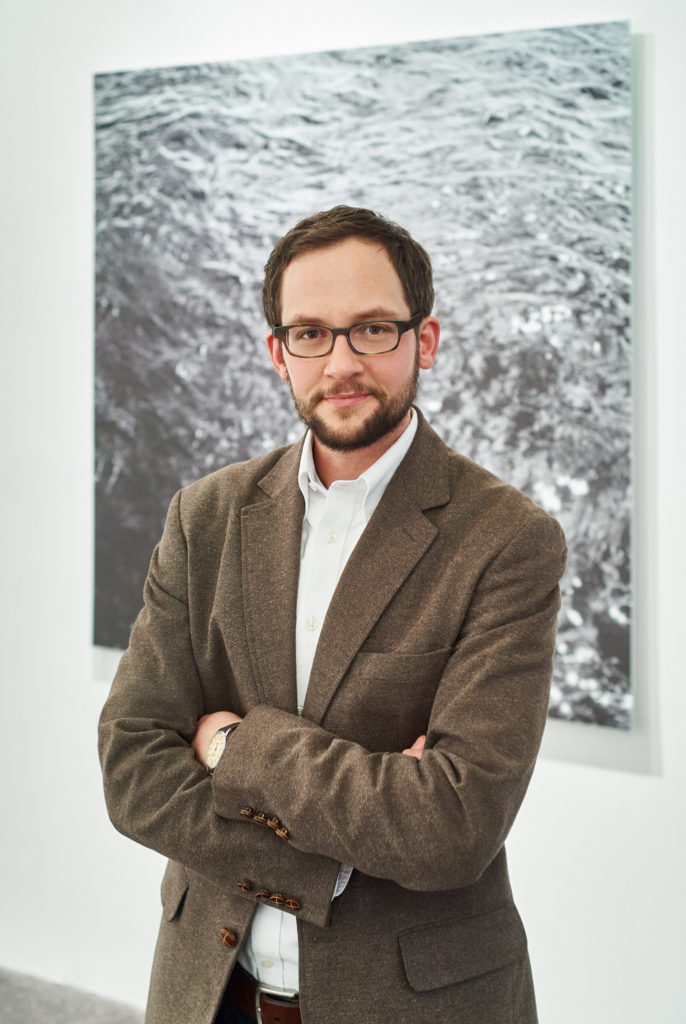Q&A with Guest Curator Nathaniel Stein
Posted on September 6, 2022
Dr. Nathaniel M. Stein is Curator of Photography at the Cincinnati Art Museum. Stein holds degrees in art history from Wesleyan University and Brown University, where his doctoral research focused on the history of photography in India. Natural World will run September 30, 2022–January 15, 2023 at the Cincinnati Art Museum. Passport holders have access to the member preview reception and artist conversation on Friday, September 30, 2022 from 5–8 pm.
Dr. Nathaniel M. Stein is Curator of Photography at the Cincinnati Art Museum. Stein holds degrees in art history from Wesleyan University and Brown University, where his doctoral research focused on the history of photography in India. He has organized exhibitions and published on contemporary and historical photography from South Asia, Europe, and North America. Recent projects in Cincinnati include exhibitions with Sohrab Hura, Gillian Wearing, Hank Willis Thomas, and the Kamoinge Workshop, as well as the formation of The Nancy Rexroth Collection. Stein is the author of “The Levee: A Photographer in the American South” (2020), which was the first major study of Indian photographer Sohrab Hura, and “Interference: Andre Bradley and Paul Anthony Smith” (2017), among other publications. Prior to arriving in Cincinnati, Stein held curatorial positions at institutions including the Philadelphia Museum of Art and the RISD Museum. He has taught the history of photography, film, and modern and contemporary art at the Rhode Island School of Design, Arcadia University, and Brown University, and held fellowships and delivered lectures at research centers and museums in Europe and the United States.
Natural World will run September 30, 2022–January 15, 2023 at the Cincinnati Art Museum. Natural World is an expansive collaboration between visual artists David Hartt (Canadian, lives/works Philadelphia, b. 1967) and John Edmonds (American, lives/works New York, b. 1989), poet Jason Allen-Paisant, and curator Nathaniel M. Stein. In new photographs, textiles, sculptures, site-specific installations, and an artist-designed publication, the collaborators reflect on relationships between identity, institutions and their collections, ways of knowing and telling stories, and ideas about nature and naturalness. Their overlapping dialogues with the museum’s collections suggest that we learn—and can unlearn—what we perceive to be natural about the ideas and worlds we make and inhabit.
Consider becoming a Passport holder for access to the member preview reception and artist conversation on Friday, September 30, 2022 from 5–8 pm.
FotoFocus reached out to Stein to discuss the exhibition.
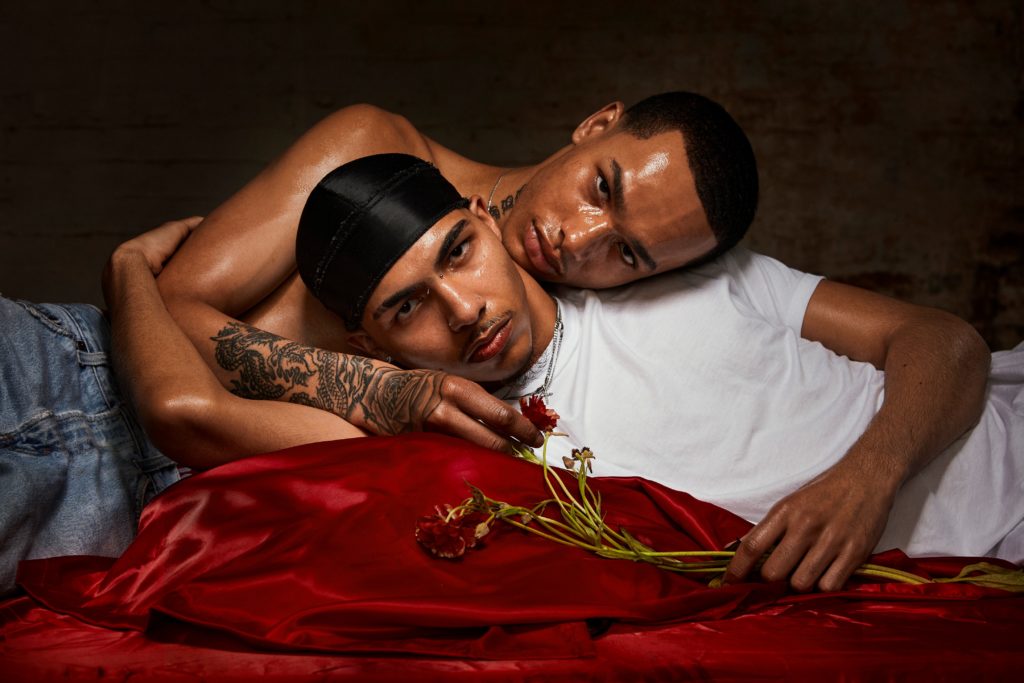
FotoFocus: What was the impetus for this exhibition concept?
Nathaniel M. Stein: What I was interested in, and what we’re ultimately talking about in the project, are questions such as: What voices, agencies, relationships, and experiences are recognized by prevailing concepts of nature and naturalness? How can we see or imagine an order inclusive of a fuller community of beings and experiences?
All four of the project collaborators—David Hartt, John Edmonds, Jason Allen-Paisant, and myself—have a personal stake in those questions. We’re all looking for intersectional ways to answer them and making proposals in our respective practices. For me that obviously involves the kind of exhibitions I devise or bring in, the way I shape the museum’s photography collection, and how I “do” my practice in terms of interpretation and engagement. But it’s also something I pursue through writing. In The Natural World (the exhibition catalog, designed by David), for example, I make a fairly personal argument about curatorial practice that hinges on the concept of queer time and the notion of cultivation.As I’ve said elsewhere, in Natural World we’re offering statements about what it might look like to include silenced positions in a shared conversation about the nature of the world. That’s one way to describe the impetus of my entire curatorial practice, actually… while of course I’m also trying to illuminate the history of photography and the many other ways photographs are relevant to people’s lives.
FF: How do you define the natural world or naturalness?
NMS: That this is one of the trickiest parts of the project is revealing. Our concepts of nature and naturalness are densely, fundamentally cultural. When an idea is so deeply woven into the self and how one perceives and experiences the world, it’s hard to see all the parts of that idea and how they’re articulated in the fabric of the world we make.
People use the term “nature” to mean things that originate outside human determination—trees, mountains, animals, tides. We also use it to identify forms of relationship and ways of being a person that are deemed intrinsic, and therefore proper and valid. Yet, we are always constructing that category—nature, the natural—within human culture and language. Presented with an empirical world, we’re constantly defining what naturalness is and what it means, and in the same stroke using it as a transcendent foundation of knowledge and law. Think about what it means to describe someone or something as “unnatural.” Think about the way social power determines who and what has an intrinsic right to speak, exercise liberty, or exist. In the context of Natural World, it’s helpful to consider the relationship between nature and what we consider to be “natural,” and the concepts of natural law or a natural order. The “natural world” I name in the exhibition title is meant to affirm the possibility and validity of the enlarged world, the fuller order, the artists are asking us to see.
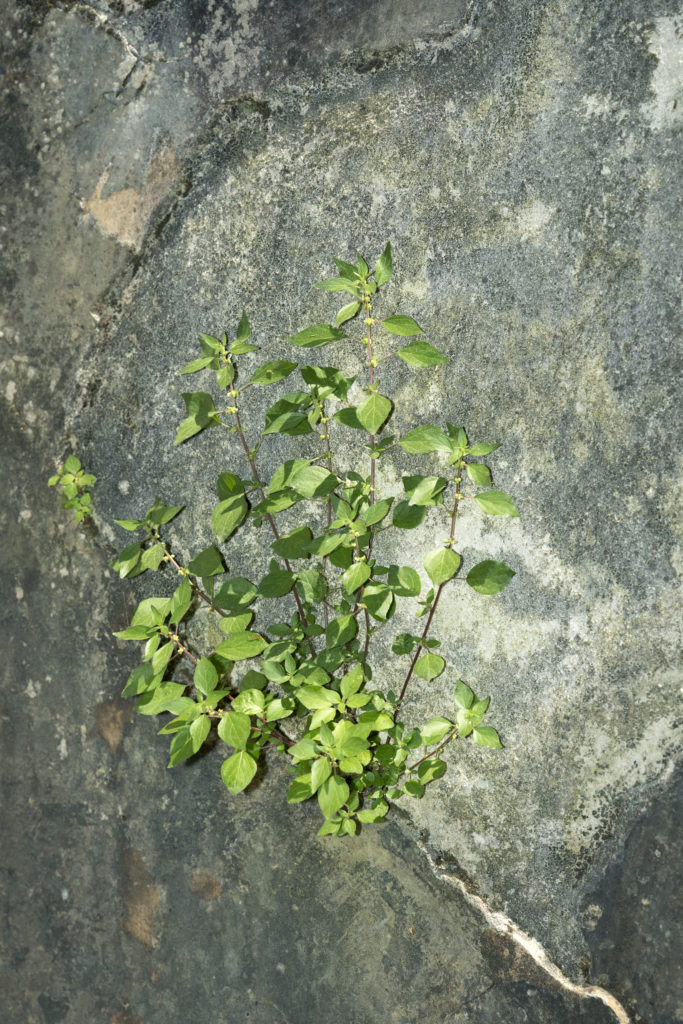
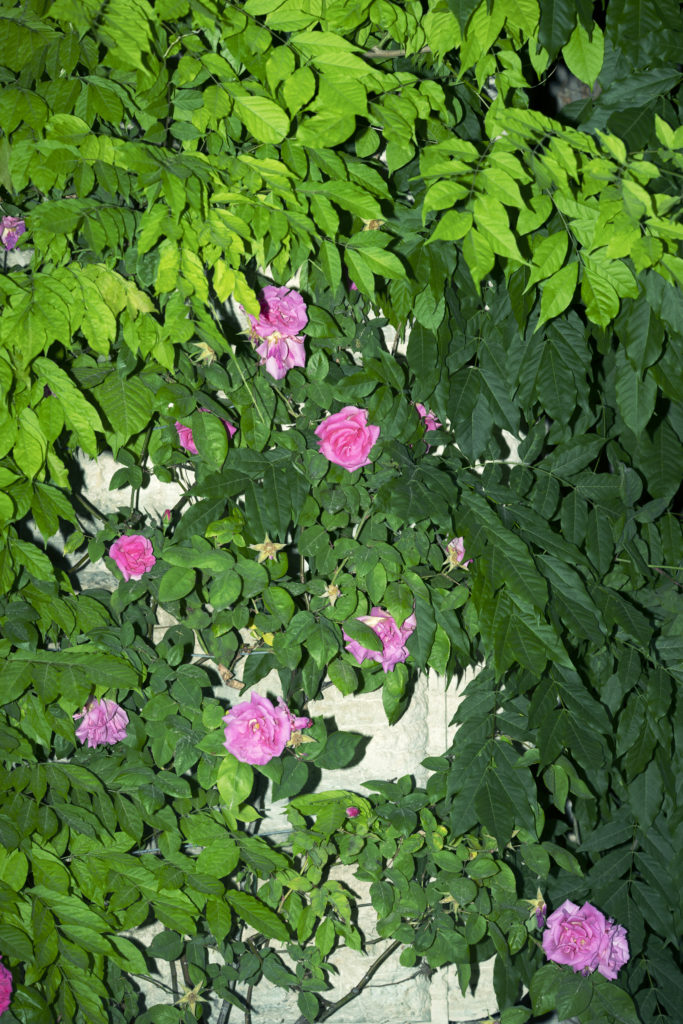
FF: How did you come to select these three artists?
NMS: They are people I respect enormously and have been wanting to work with for quite some time. I reached out to David Hartt first, asking him to join me in forming a collaboration. Basically, I framed the conceptual territory and then invited the collaborators to shape their commissions, and the project as a whole, in a dialogue with me, one another, and the museum and its collections.
David and I talked about a lot of artists and writers, each of whom would’ve inflected the project in unique ways. John Edmonds was someone with whom we both wanted to work, whose work we felt was both extremely relevant to the project and productively different from David’s (using different histories and forms to explore a shared set of underlying concerns). Thankfully, John was enthusiastic about joining the project. Finally, I suggested bringing in the scholar and writer Jason Allen-Paisant based on my reading of his brilliant 2021 essay, Reclaiming Time: On Blackness and Landscape.
This constellation of individuals brings with it a whole set of intersections and differences, including nationality, racial identity, and relationship to colonial histories, as well as sexuality, gender and relationship to masculinity and heteronormativity. This is important and intentional—again, intersection and the complexity of experience and perspective are all things we wanted to lean into.
FF: Does the Cincinnati Art Museum often commission artworks?
NMS: Yes, there is a history of commissions here. But just in the past five years I’ve been involved in several artwork commissions, and my colleagues have commissioned major works from artists including Shazia Sikander and Roberto Lugo. The museum also commissions other forms of creativity. Just recently, Cincinnati photographer Asa Featherstone IV created an artist’s book documenting the Black Futures Series, Columbus-based choreographer Countess V. Winfrey created a site-specific dance at CAM as part of that same series, and composer/pianist Moni Jasmine Guo (who just joined the faculty at CCM, University of Cincinnati) wrote and performed a new score for the museum’s screening of the silent film Enchantment.
Commissioning is powerful. Obviously, it means the museum is on the vanguard in terms of new work and can be hugely helpful in terms of representing artists in the collection. It also means the artist is bringing their practice into dialogue with something that is here—an artwork, a physical space, an institution, a community or neighborhood, a history. That’s generative for the artist as well as a point of connection for our audiences now and into the future. Finally, and very importantly, commissioning is a key way that the museum can engage in direct support of artists.
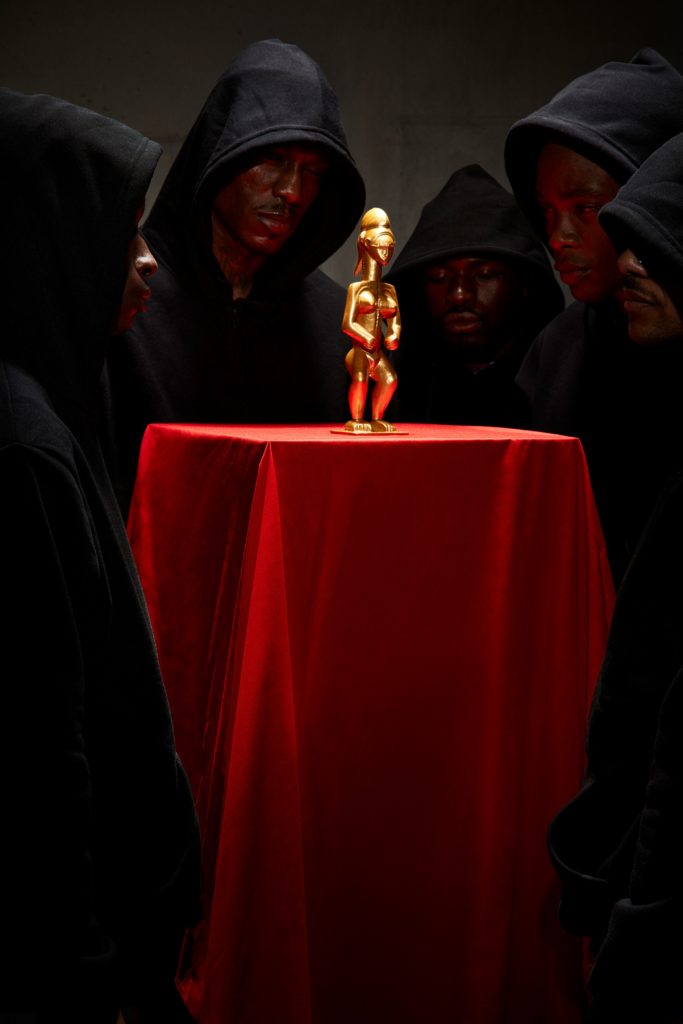
FF: What discoveries did you make within CAM’s collection while working on this exhibition?
NMS: Both David and John looked at the collection without silos—there was no sense in which we were only looking at the photography collection because they’re both artists who use photography and I’m the photography curator. The siloed organization of a museum collection is an institutional artifact, not a reflection of “nature.” (That said, huge thanks to my fellow curators, who welcomed and supported our trespasses.)
David worked with the museum’s holdings in photography, prints, European painting and sculpture, textiles, and American painting and sculpture. John delved into the photography collection as he explored the thoughts and feelings he brought to the commission, but the work he produced surfaces his dialogue with sculptures from the African art collection. Both artists will be installing their work in permanent galleries throughout the museum as well—not only in the two galleries dedicated to the Natural World exhibition.
There are certainly many things in the various corners of storage we visited that I’ve never seen before, didn’t know the museum had, and was intrigued to discover. However, what was more noteworthy for me was watching David and John make their own sense of the objects in very different ways than a curator might. The same applies to the way Jason made sense of the collection (located in Jamaica) that he has written about in the project book, The Natural World.
Their engagements reinforced the importance and possibility in expanded uses and modes of relationship to a collection—which is to say, a history and the ways it is written and read. In a broad sense that expanded engagement speaks to the crux of my passions as a curator. In a specific sense it provides a context for my relationship with an unassuming photograph I refer to as “the blue boy.” But more about that in the exhibition catalog!
